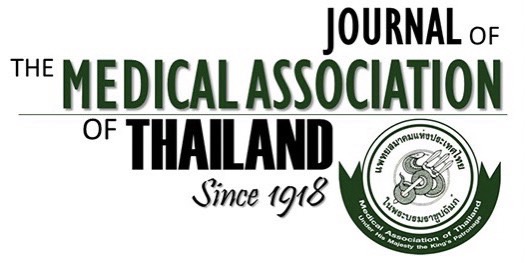Clinical Characteristics, Treatment Response and Sequelae of Bell’s Palsy in Neurological Institute of Thailand
Narupat Suanprasert¹, Chaichana Sinthuwong¹, Suchat Hanchaiphiboolkul¹
Affiliation : ¹ Department of Neurology, Neurological Institute of Thailand, Bangkok, Thailand
Background: The prognosis of Bell’s palsy is favorable. However, many patients still have residual facial weakness and sequelae such as synkinesis and hemifacial spasm. Currently, there is no adequate information on treatment response and sequelae of Bell’s palsy in Thai adult patients.
Objective: 1) To determine clinical characteristics, treatment response, and sequelae of Bell’s palsy including synkinesis and hemifacial spasm in Thai adult patients and 2) to find factors associated with early recovery and sequelae of Bell’s palsy.
Materials and Methods: A retrospective chart review of patients diagnosed with Bell’s palsy between January 1, 2015 and December 31, 2022, was performed.
Results: Three hundred two Bell’s palsy patients were identified. Females were predominant at 63.2%. The mean age at onset was 49.3 years, and the median disease duration was two days. Nineteen-point five percent of the patients had diabetes, 31.8% had associated symptoms, and the most common symptom was postauricular pain at 21.5%. Additionally, 11.9% had recurrent Bell’s palsy in which two attacks of Bell’s palsy were noted. The median time from the previous episode was three years. Most patients received oral prednisolone within one week for 96.7%. Seventy-nine-point eight percent of the patients had partial recovery within four weeks after onset. Most associated symptoms were resolved in 12 weeks for 91%. The overall recovery rate was not different between diabetic and non-diabetic patients at 100% versus 99.2%. Severe steroid side effects were not present. Seven-point nine percent of the patients had synkinesis, which started at 24 weeks and 3.6% had hemifacial spasm, which started at 12 weeks. Factors related to synkinesis and hemifacial spasm were no improvement of facial muscle movement at four weeks after the onset.
Conclusion: Factors related to synkinesis and hemifacial spasm were no improvement of facial muscle movement at four weeks after onset. Longer follow-up, for at least one year, is needed to detect the sequelae of Bell’s palsy especially in delayed recovery patients.
Received 6 March 2024 | Revised 23 April 2024 | Accepted 30 April 2024
DOI:10.35755/jmedassocthai.2024.7.14004
Keywords : Bell’s palsy; Outcome; Predictor; Synkinesis; Hemifacial spasm
All Articles
Download



